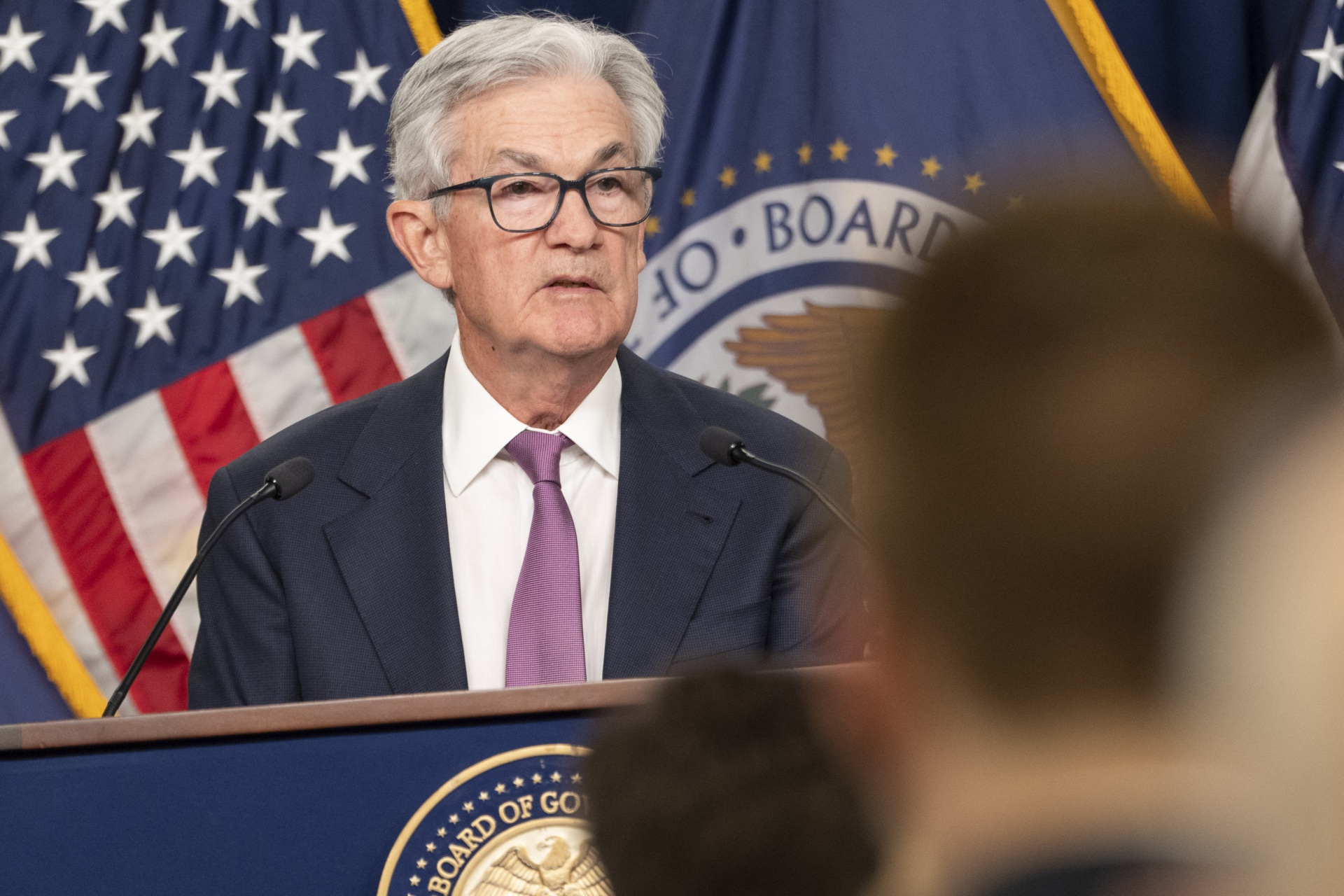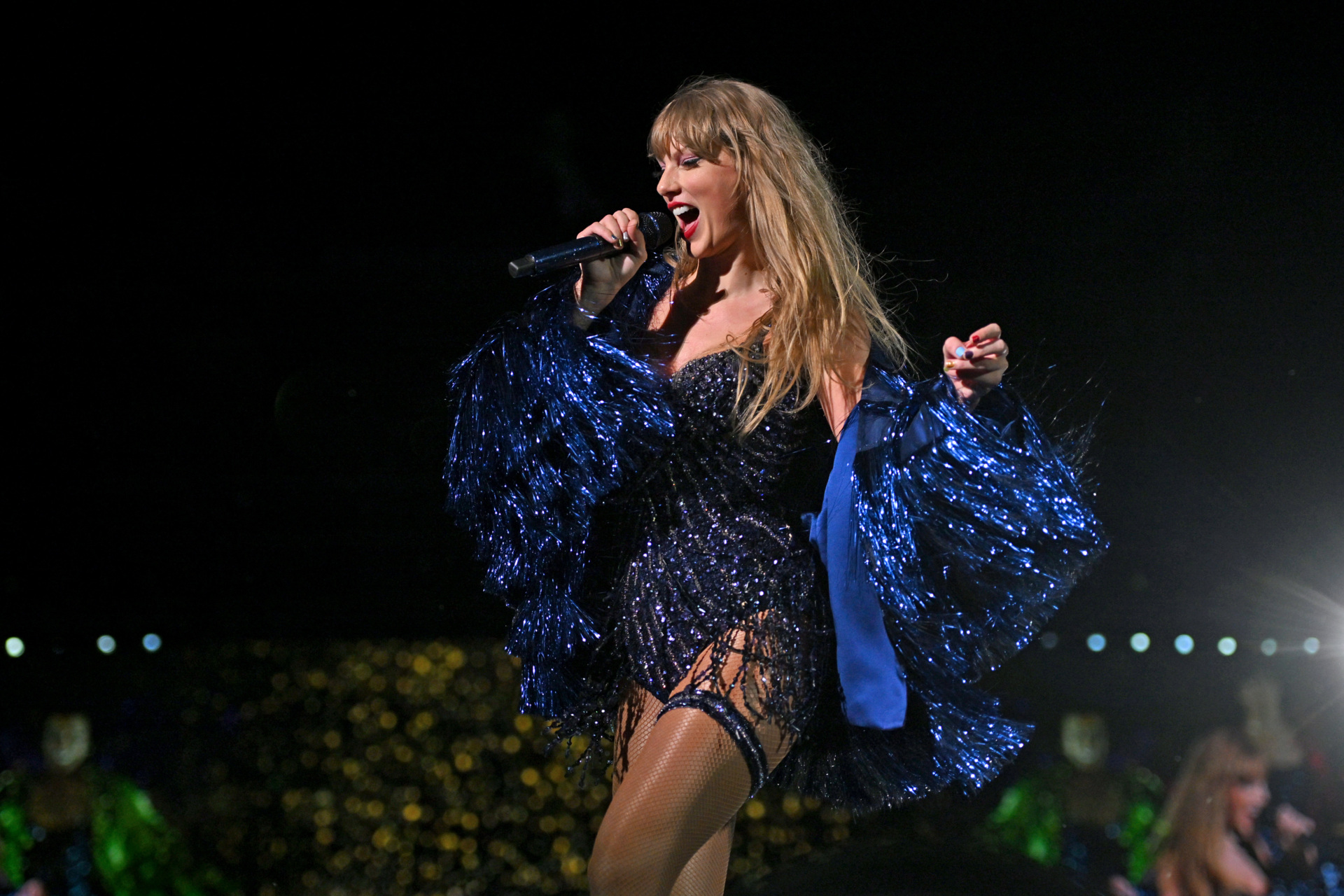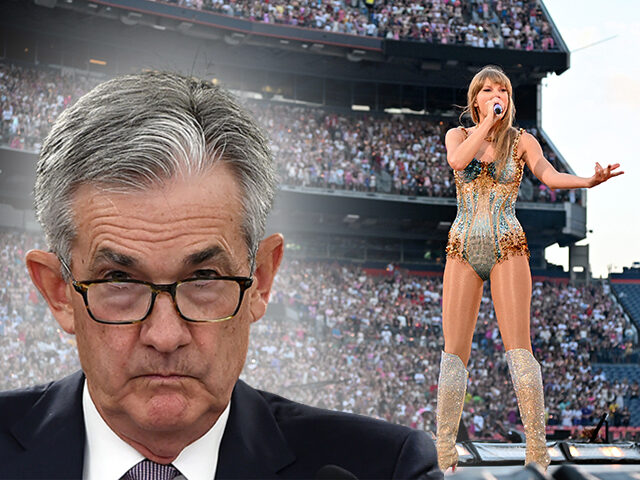The Market Thinks the Fed Only Has One More Hike Coming
Will it be one and done?
Wall Street is more or less convinced that the Federal Reserve will raise its interest rate target range by one-quarter of a percentage point next week and that this will be the end of the hiking cycle. On Friday morning, the CME Group’s Fed Watch tool—which calculates the odds of Fed moves based on prices of fed funds futures—showed a 99.8 percent chance of a 25 basis point hike next week and just a 30 percent chance or so of another hike at one of the three remaining meetings this year.
As we mentioned yesterday, that’s a view shared by economists. Bloomberg’s survey of economists found near unanimity about a hike a the July meeting and only 20 percent expecting another hike later this year.
Last week, we heard from Federal Reserve Governor Christopher Waller on the matter. He said he believes two more hikes will be necessary this year but also left the door cracked to just one more hike if inflation continues to cool. He also explained why inflation may not continue to cool, pushing back persuasively on the idea that there were likely to be lots of lagged effects from past hikes still working their way through the economy.

Federal Reserve Governor Christopher Waller speaks at a Fed Listens event in Washington, DC, on Sept. 23, 2022. (Al Drago/Bloomberg via Getty Images)
Of course, Waller is now the most hawkish member of the Federal Open Market Committee, so his position is no surprise. As the former head of research for the Federal Reserve Bank of Cleveland, he also has a lot of intellectual firepower on his side. If he pushes hard on the hawkish line, he may be able to win over even some of the more dovish Fed officials.
Where does the chairman stand? Wednesday’s press conference will be Jerome Powell’s opportunity to reset market expectations. If he thinks the market has become overconfident in its view that there is only one more hike coming, he can use the podium to stress the central bank’s openness to further hikes later this year. Many on Wall Street believe he will play his cards close to his vest, not tipping his hand either for a pause or a hike. This might be a mistake because it will likely be interpreted as an endorsement of the “one and done” view.

Federal Reserve chairman Jerome Powell speaks during a news conference on Feb. 1, 2023, in Washington, DC. (AP Photo/Jacquelyn Martin)
A bigger mistake would be for Powell to declare victory over inflation. The Biden administration has taken the line that inflation is on the way out, but this would be risky for the Fed chair — especially if inflation accelerates again. The Fed has had to do a lot of work to recover its credibility from its early declarations that inflation would be “transitory.” Better not to declare the beast is slain prematurely.
The ‘Vibecession’ Is Over, and the Swifties Are Partying
The case for continuing to raise rates is stronger than Wall Street has acknowledged. In the first place, unemployment remains incredibly low, so the employment side of the Fed’s mandate is safe. Weekly jobless claims show no trend of accelerating.
The so-called “vibecession”—in which people feeling terrible about the economy despite very low employment—appears to be in retreat. The Conference Board’s measure of consumer confidence climbed to its highest level since January 2022. The University of Michigan’s index of consumer sentiment rose to the highest since September of 2021.
In discussing its quarterly results on Friday, American Express said spending through its credit cards reached an all-time high as families continue to spend on travel, vacation, and entertainment. In the most recent Beige Book, the Philadelphia Fed said a business contact had reported an economic boost to the region from people booking hotels around the Taylor Swift concert.

Taylor Swift performs onstage at Empower Field At Mile High on July 14, 2023, in Denver, Colorado. (Tom Cooper/TAS23/Getty Images)

Taylor Swift fans watch her concert at Empower Field At Mile High on July 14, 2023, in Denver, Colorado. (Tom Cooper/TAS23/Getty Images)
The housing market may not be in a full-fledged recovery, but it does appear to have stabilized. Home builders are getting an unexpected boost from the reluctance of people to sell the homes they financed with low interest rate fixed mortgages. Even after the disappointment in the June housing starts and the downward revision to what had looked like a barnburner May, the sector looks more resilient than would have been expected in a world of seven percent mortgages.
Even the beleaguered manufacturing sector is showing signs of stabilizing. The Philly Fed manufacturing survey’s headline figure disappointed, but the outlook indicated business expectations for a significant improvement in the months ahead. Anecdotal evidence suggests the pent-up demand for cars remains strong enough to support additional output through the end of the year at least. This does not mean that manufacturing is going to become a source of growth over the next few months, but it may not be as big of a drag.
Given all that, the risks to the economy would appear to be tilted toward a resurgence of inflation rather than an imminent recession. That should prompt Powell to indicate a bias in favor of more hikes rather than a pause. At the very least, he should avoid signaling that the hikes have come to an end.
Fed Favorability Demographics
This week’s survey from The Economist and YouGov asks Americans about their assessment of the Federal Reserve. Given all of the anti-establishment and anti-institutional sentiment in the country, the Fed doesn’t fair all that badly. Twelve percent of the public say they have a very favorable assessment of the Fed, and another 32 percent say they have a somewhat favorable assessment. Seventeen percent say their view is somewhat unfavorable, and 15 percent say their view is very unfavorable. Nearly a quarter of the country doesn’t know what their opinion is.
This a pretty generous assessment of the Fed, considering the fact that inflation is the number one issue for many Americans right now and most say that their personal finances have been negatively affected by it. Of course, it may just be that a sizable portion of the public does not blame the Fed for inflation—even though the Fed itself says it bears responsibility for maintaining price stability.
Black Americans are much more likely to view the Fed favorably, according to the survey. The survey found that 20 percent of blacks say they view the Fed very favorably, and another 33 percent take the somewhat favorable option. Just 11 percent of whites and nine percent of Hispanics say they view the Fed very favorably, with 33 percent of both groups saying they have a somewhat favorable view.

COMMENTS
Please let us know if you're having issues with commenting.